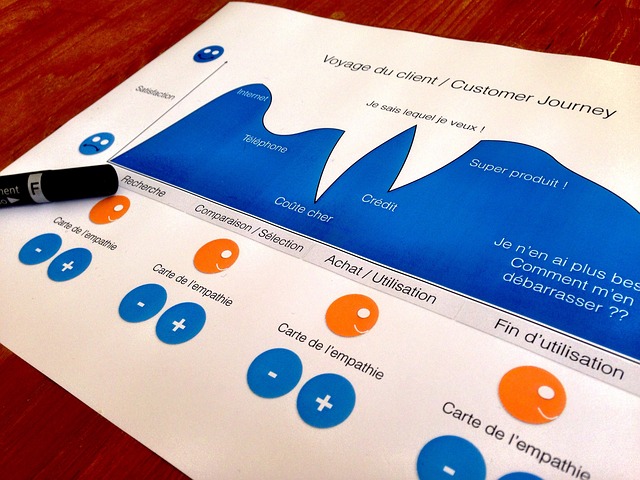Today’s customers are in control of their experience.
This means businesses must be ready to meet them wherever they happen to be in their journey and help guide them along the path toward conversion and loyalty.
One of the best ways to do this is by mapping out your customer’s journey using the buyer’s funnel model, which categorizes your customers according to where they are on their journey.
The buyer’s funnel model involves five stages of buyer behaviour: awareness, interest, evaluation, purchase and repeats purchase/loyalty.
What is a Customer Journey Stage?
A customer journey stage is a way of thinking about how customers experience your brand. It may not be linear, but there are five main stages that all customers will go through as they interact with your brand.
The Five Customer Journey Stages are Awareness, Consideration, Purchase, Usage and Advocacy. Each stage has its own set of questions you can answer to better understand how well you’re meeting their needs in that stage.
For example, if you ask What does this company do? or What are my options? at the awareness stage then you’ll have people tell you what they know about your company or what other products might interest them. If you ask those same questions at consideration then people will be able to say why they’re considering one product over another and which features matter most to them.
Defining the Stages
There are five stages in the customer journey, which are discovery, evaluation, purchase, service and advocacy. These stages happen in a sequence but can overlap in some cases.
The first stage is discovery; this is when customers are looking for a solution. They may not be aware of what they want or where to find it.
The second stage is evaluation; this is when customers are deciding on what solution they want based on different factors such as price and quality.
The third stage is purchase; during this time, customers have made their decision about what product or service they will buy.
The fourth stage is service; during this time, the customer has already purchased their product and will contact you for help with questions about installation or support.
The fifth and final stage is advocacy; during this time, customers are telling others about their experience with your company through word-of-mouth marketing or social media channels.
The Importance of Defining Your Visitor Personas
Defining your visitor personas is one of the most important steps in your journey. Personas can help you craft a better customer experience by understanding who your visitors are and what they want.
Understanding the stages of your customers’ journeys will also help you determine how best to communicate with them during each stage. For example, someone who is just learning about your product may not be ready for sales or advertising but would enjoy reading blog posts and social media posts that provide helpful information.
The Importance of Visitor Intent
Visitor intent is a key component of customer journey mapping. When customers come to your site, they are in one of four phases: exploration, decision-making, purchase or post-purchase. These phases can be mapped out on a basic customer journey map that starts with visitor intent at the top left corner and ends with conversion at the bottom right. At every stage, there are specific questions you want to answer about how well you’re meeting their needs.
For example, during exploration when visitors are still trying to determine if they need your service or product, what information should you provide them? What kind of experiences should you create for them? Similarly, during post-purchase when people have just bought something from your company what is important then? What’s going through their mind? What do they need now?
Key Takeaways
– The customer journey is a process that customers go through when interacting with your company. It consists of four stages: Awareness, Consideration, Purchase, and Loyalty.
– To map your customer journey, you must first identify the starting point for each stage in order to identify where you are today. -You need to know what your goal is for each stage in order to determine how you will measure success.
– Once you have identified your starting point, it’s time to get started! Map out where your customers currently are at each stage, as well as any strategies or initiatives you have put in place to improve the customer experience.
If there isn’t anything in place currently, take some time to brainstorm ideas on how to improve the situation before implementing them. Remember that all strategies should be grounded in data-driven insights from focus groups or surveys so they can be made as effective as possible.


